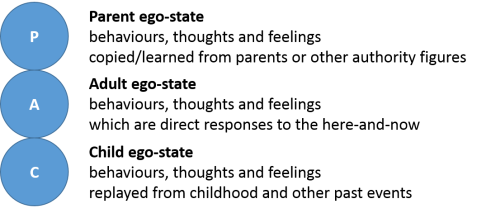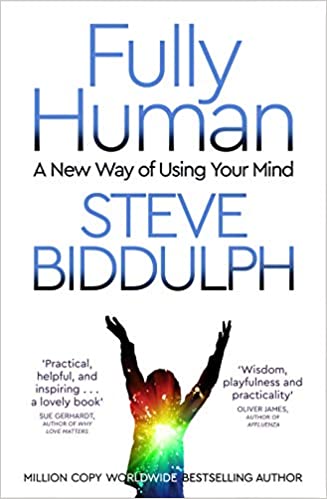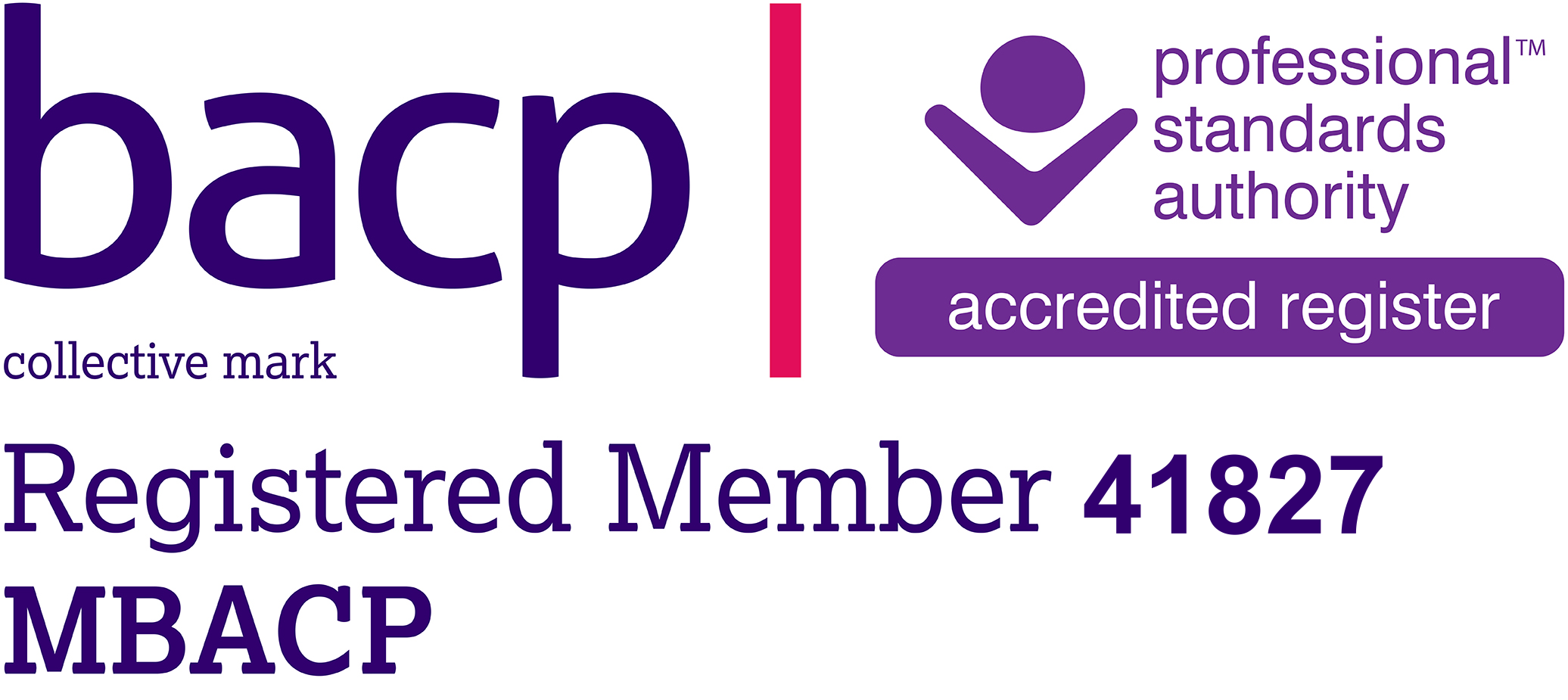 Humanistic philosophy focuses on self-development, growth and responsibilities. It trusts the client’s ability to move towards health, to grow, and is rooted in the client’s capacity for self-awareness and self-directed change in attitudes, beliefs and behaviour.
Humanistic philosophy focuses on self-development, growth and responsibilities. It trusts the client’s ability to move towards health, to grow, and is rooted in the client’s capacity for self-awareness and self-directed change in attitudes, beliefs and behaviour.
The coach/counsellor/client relationship creates the conditions which facilitate this by helping people to recognise their own strengths, uncover blind spots, understand their own processes, access additional resources, employ creativity and make different choices in the present and the future.
In terms of an Integrative approach, people sometimes ask me: “What’s the difference between ‘integrative’ and ‘eclectic’?”
Using dictionary definitions as a starting point:
Eclectic means selecting or choosing from various different sources but not following any one system or philosophy, simply selecting and using the best elements.
Integrating means combining or coordinating separate elements so as to provide a harmonious, inter-related whole – organised or structured so that constituent units function cooperatively.
What this means to me is that I take everything that I have learned to date and use what I find works best, but in a way that is blended, coordinated and ‘joined up’.
It’s like the difference between a group of people bringing together a lovely meal where everyone brings a dish and, whilst each dish is different from the others, they complement each other, together they create a delicious and complete whole, and some dishes go particularly well together when you put some of each on your plate.
This is different from ‘pot luck’ where different people bring different dishes of their own choosing which may or may not go well together, might duplicate each other unnecessarily, and from which (without coordination and a theme) something important may be missing – perhaps no-one brings dessert!
The Person-Centred approach was developed by Carl Rogers in the 1950s. He is considered to be one of the flounders of the Humanistic school. This way of working is, as the title suggests, client-led. I like the description from ‘Person-Centred Counselling in Action’ by Dave Mearns and Brian Thorne:
“The central truth for Rogers was that the client knows best. It is the client who knows what hurts and where the pain lies and it is the client who, in the final analysis, will discover the way forward. The task of the counsellor is to be the kind of companion who can relate to the client in such a way that he or she can access their own wisdom and recover self-direction”
Existential therapy focuses on the ‘big’ questions in life, the human condition. Emotional and psychological difficulties are viewed as inner conflict caused by our confrontation with the ‘givens’ of existence, the things that most of bump up against at least once in our lives:
- death
- isolation
- freedom
- meaninglessness
We explore the here and now, the human condition as a whole, what this all means to you as a person and the feelings evoked in the process.
For a short and humorous take on this, you might like Henri the cat’s perspective on YouTube.
Moving onto Gestalt, this was developed in the late 1940s by Fritz Perls. I like Petrūska Clarkson’s definition (extracted from ‘Gestalt Counselling in Action’):
“The German word ‘Gestalt’ is not easily translated into a single English term … The aim … is for a person to discover, explore and experience his or her own shape, pattern and wholeness … In this way people can let themselves become totally what they already are, and what they potentially can become …
The … approach is particularly characterised by the use of metaphor, fantasy and imagery, working with body posture and movement, enactment and visualisation … and the full expression of feelings involving the whole body in action …
Modern Gestalt aims for an integration of body, feelings and intellect, seeing the person’s most basic needs within the context of the social environment … through the use of three primary devices – relationship, awareness and experiment.”
Finally, founded by Eric Berne in the late 1950s, the definition of Transactional Analysis (TA) suggested by the International TA Association is:
“A theory of personality and a systematic psychotherapy for personal growth and personal change.”
The basic philosophical assumptions are:
“People are OK.
Everyone has the capacity to think.
People decide their own destiny, and these decisions can be changed.”
It uses the “ego-state model” to describe how we are structured psychologically and this is often used to analyse communication, systems and organisations:

You may have come across this in a work or educational context or as it is often applied to personal development, group dynamics, relationships, families or child development.
You may also have heard the terms ‘Controlling Parent’, ‘Nurturing Parent’, Adapted Child’ and ‘Free Child’ in these contexts.
There are several other specific aspects of TA which I find particularly useful, including:
- transactions
- strokes
- time structuring
- the drama triangle, games, rackets and stamps
- life positions and scripts
If you’d like more detail I recommend reading ‘TA Today’ by Ian Stewart and Vann Joines and/or clicking on the following links:
 Humanistic philosophy focuses on self-development, growth and responsibilities. It trusts the client’s ability to move towards health, to grow, and is rooted in the client’s capacity for self-awareness and self-directed change in attitudes, beliefs and behaviour.
Humanistic philosophy focuses on self-development, growth and responsibilities. It trusts the client’s ability to move towards health, to grow, and is rooted in the client’s capacity for self-awareness and self-directed change in attitudes, beliefs and behaviour.

